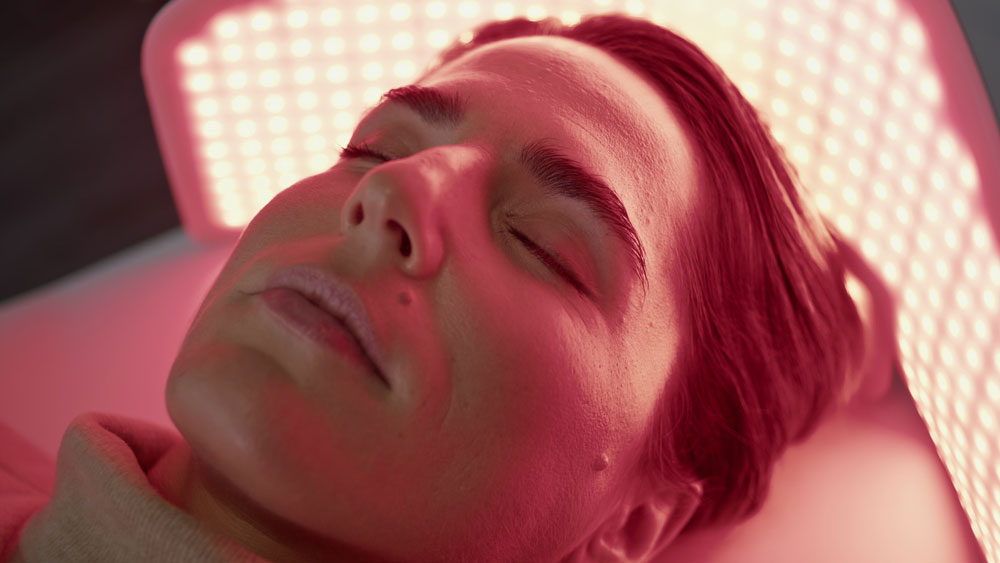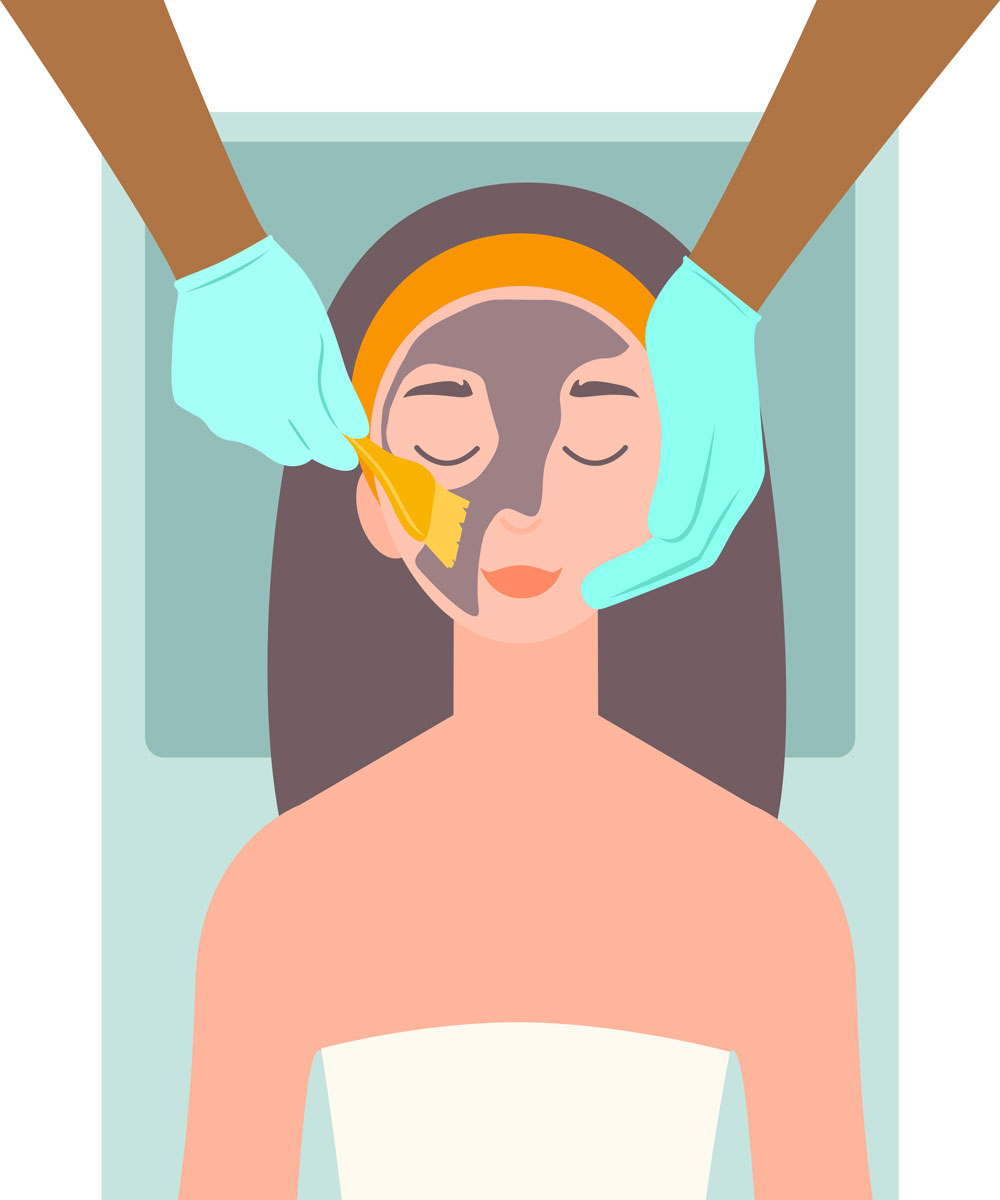Photodynamic therapy (PDT) is a medical treatment that uses a combination of light, a photosensitising agent, and oxygen to selectively destroy abnormal or cancerous cells in the body. It is commonly used to treat superficial skin cancers and precancerous lesions.
What is Photodynamic Therapy
Here's How Photodynamic Therapy Works
Photosensitising Agent: The first step in PDT involves the administration of a topical cream that acts as a photosensitising agent. This agent is a light-sensitive compound that can accumulate in target cells, such as cancer cells, more than in healthy cells.
Uptake by Abnormal Cells: Over a period of time, the photosensitising agent is absorbed by the abnormal or cancerous cells in the body. This is why we apply the cream, cover the areas with dressings and wait 2-3 hours prior to administration of the light source.
Light Activation: Once a sufficient amount of the photosensitising agent has accumulated in the target cells, a specific wavelength of light is applied to the treatment area. We can use the daylight sun UV rays for pre cancerous lesions but we need to use an LED light in clinic for skin cancer treatment. This treatment usually lasts 8-10 minutes and can be moderately painful. To improve clearance rates we recommend repeating this treatment 2 weeks later.
Production of Reactive Oxygen Species: When the photosensitising agent is exposed to the specific light wavelength, it becomes activated and reacts with oxygen molecules in the surrounding tissue. The reactive oxygen species generated during this process cause damage to the target cells. They can disrupt cell membranes, proteins, and other cellular components, ultimately leading to the destruction of the abnormal cells.
Selective Targeting: One of the advantages of PDT is its ability to selectively target abnormal or cancerous cells. This is because the photosensitising agent tends to accumulate more in these cells, and the light is directed precisely at the treatment area.
Minimal Damage to Healthy Tissue: Normal, healthy cells are less affected because they either do not take up the photosensitising agent as effectively or they can better withstand the effects of the reactive oxygen species.


How Effective is it?
Most studies suggest that PDT has a clearance rate for superficial skin cancers of 70-80% and a similar rate of clearance for precancerous (solar keratosis) lesions.
BOOK NOW
Our handpicked team of doctors, nurses and health professionals are here to make a meaningful difference to your life, at every stage of your life.

